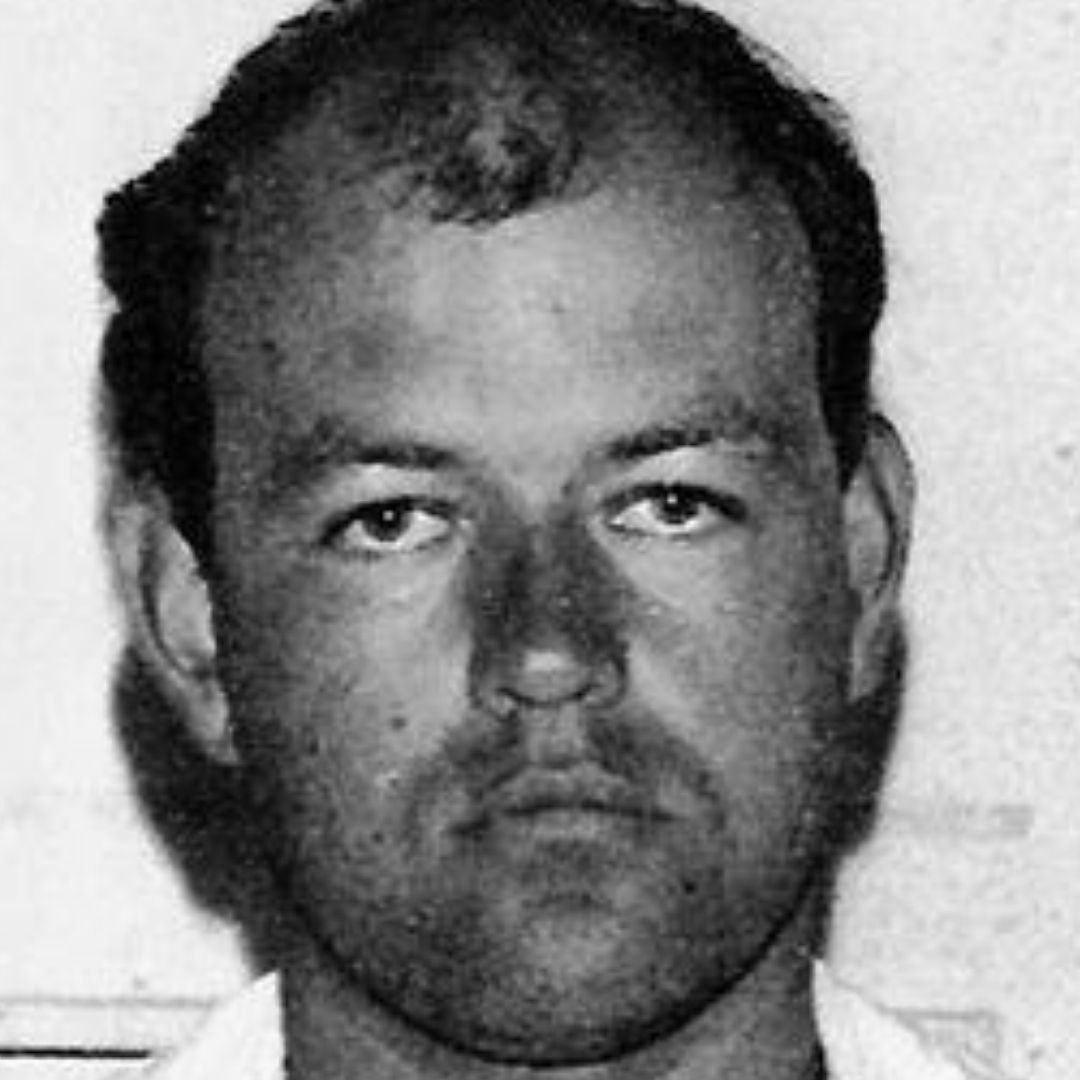
Image Credits: Wikipedia
Rape & Murder Of Teenage Girls: The Horror Story Of World's First Criminal Caught Using DNA Sampling
Writer: Tashafi Nazir
For most people, journalism sounds hectic and chaotic. For her, it's a passion she has been chasing for years. With an extensive media background, Tashafi believes in putting efforts on presenting a simple incident in the most interesting way.
Others/World, 23 Oct 2021 10:40 AM GMT
Editor : Palak Agrawal |
Palak a journalism graduate believes in simplifying the complicated and writing about the extraordinary lives of ordinary people. She calls herself a " hodophile" or in layman words- a person who loves to travel.
Creatives : Tashafi Nazir
For most people, journalism sounds hectic and chaotic. For her, it's a passion she has been chasing for years. With an extensive media background, Tashafi believes in putting efforts on presenting a simple incident in the most interesting way.
Colin Pitchfork was the first person to be convicted for rape and murder using DNA profiling after murdering two girls in Leicestershire villages. Later, he was arrested on September 19, 1987, and sentenced to life imprisonment. He was granted release on licence in June 2021 and released on September 1, 2021.
Noted double child-murderer and rapist Colin Pitchfork was pictured earlier this week on the streets of England's Portsmouth city, enjoying his newly found freedom. The 61-year-old was granted parole in September 2021 and secretly moved from prison to a hostel on the south coast.
Who Is Colin Pitchfork?
The double-child killer was born on March 23, 1960. He was the first person to be convicted for rape and murder using DNA profiling after murdering two girls in neighbouring Leicestershire villages. Later, he was arrested on September 19, 1987, and sentenced to life imprisonment, with the judge giving him a 30-year minimum term. He was granted release on licence in June 2021 and released on September 1, 2021, as per available information.
On November 21, 1983, a 15-year-old girl named Lynda Mann was on her way home from babysitting. When she did not return, her parents and neighbours spent the night in her search. The following day, she was found raped and strangled on a deserted footpath. Using then forensic technology, police linked a semen sample taken from her body to a person with 'A' blood group and an enzyme profile that matched only 10 per cent of males. With no other leads or evidence, the case was left open.
On July 31, 1986, another 15-year-old girl, Dawn Ashworth, left her home to visit her friend. When she failed to return home, her family called the police to report her missing. After two days, her body was found in a wooded area near a footpath. She had been beaten, brutally raped, and strangled to death. The modus operandi matched with the first attack, and semen samples revealed the same blood type.
Richard Buckland, a local 17-year-old with learning difficulties, was an initial suspect who revealed information of Ashworth's body, and admitted to the crime under questioning but denied the first murder.
DNA Profiling
Alec Jeffreys, a genetics researcher at the University of Leicester, developed DNA profiling in 1985 with Peter Gill and Dave Werrett of the Forensic Science Service (FSS).
He developed all the DNA extraction techniques to obtain DNA profiles from old stains. The most significant achievement for him was developing the preferential extraction method to separate sperm from vaginal cells. It would have been difficult without this method to use DNA in rape cases, he said.
Jeffreys used this technique to compare semen samples from both murder victims against a blood sample from Buckland and prove that both girls were murdered by the same person but not by Buckland.
Leicestershire Constabulary and the FSS then carried out an investigation in which over 5,500 local men were asked to volunteer blood or saliva samples. No matches were found for up to six months.
On August 1, 1987, one of Pitchfork's colleagues at the bakery he worked, Ian Kelly, revealed to fellow members in a Leicester pub that he had taken the blood test while masquerading as Pitchfork. The latter had told Kelly that he wanted to avoid being harassed by police because of prior convictions for indecent exposure. A woman who overheard their conversation reported it to the police.
On September 19, 1987, Pitchfork was arrested. During questioning, he confessed to exposing himself to over 1,000 women. He later progressed to sexual assault and used to strangle his victims to protect his identity. During his statements with the police, he admitted his crimes but lied about the level and nature of the violence he had inflicted on the victims. He pleaded guilty to the two rapes and murders and another sexual assault incident and was awarded life imprisonment. A psychiatric report described Pitchfork as possessing a psychopathic personality disorder accompanied by a severe psychosexual pathology. The Secretary of State set a minimum term of 30 years. In 2009, his minimum term sentence was reduced on appeal to 28 years.
Also Read: Remembering Ashfaqulla Khan, The Kakori Rebel Who Was Hanged By Britishers
 All section
All section














